As the world grapples with the increasing challenges posed by water scarcity and unpredictable weather patterns, finding efficient solutions for water management has become paramount. In this context, rain pipe connectors have emerged as an innovative technology that can effectively help individuals and businesses optimize rainwater collection and streamline its utilization. This article explores the various benefits and applications of rain pipe connectors in promoting sustainable water management.
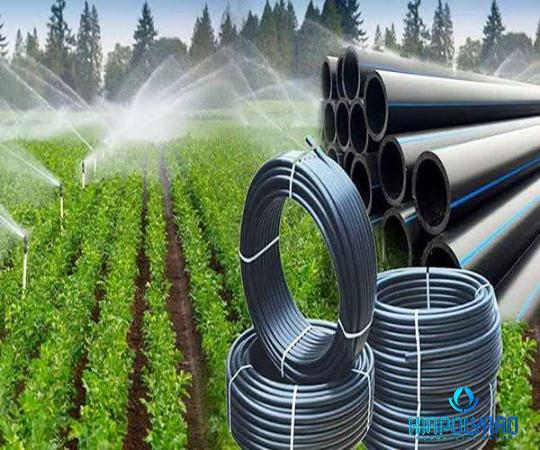
.
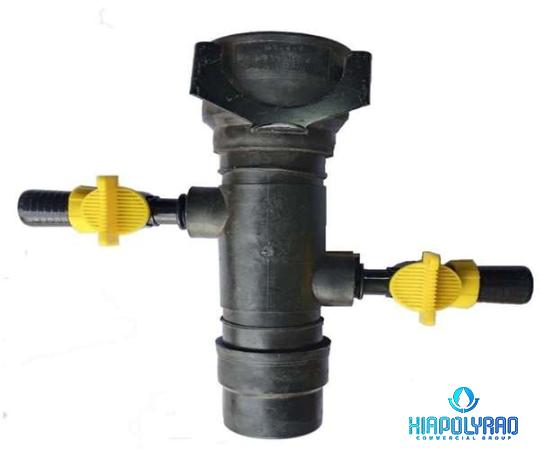 1. Enhancing Rainwater Harvesting Efficiency: Rain pipe connectors are designed to maximize the efficiency of rainwater harvesting systems. These connectors create a seamless connection between the gutter system and collection tanks, ensuring that rainwater is effectively channeled into appropriate storage facilities. By preventing leaks, eliminating unnecessary waste, and promoting efficient water collection, rain pipe connectors play a crucial role in conserving this precious natural resource. 2. Facilitating Ease of Installation: One of the significant advantages of rain pipe connectors is their user-friendly installation process. With a range of connector sizes catering to different gutter dimensions, connecting rainwater harvesting systems is now more convenient than ever. Moreover, using durable and lightweight materials such as polyvinyl chloride (PVC) or polypropylene, rain pipe connectors can be easily maneuvered and adjusted to meet specific requirements.
1. Enhancing Rainwater Harvesting Efficiency: Rain pipe connectors are designed to maximize the efficiency of rainwater harvesting systems. These connectors create a seamless connection between the gutter system and collection tanks, ensuring that rainwater is effectively channeled into appropriate storage facilities. By preventing leaks, eliminating unnecessary waste, and promoting efficient water collection, rain pipe connectors play a crucial role in conserving this precious natural resource. 2. Facilitating Ease of Installation: One of the significant advantages of rain pipe connectors is their user-friendly installation process. With a range of connector sizes catering to different gutter dimensions, connecting rainwater harvesting systems is now more convenient than ever. Moreover, using durable and lightweight materials such as polyvinyl chloride (PVC) or polypropylene, rain pipe connectors can be easily maneuvered and adjusted to meet specific requirements.
..
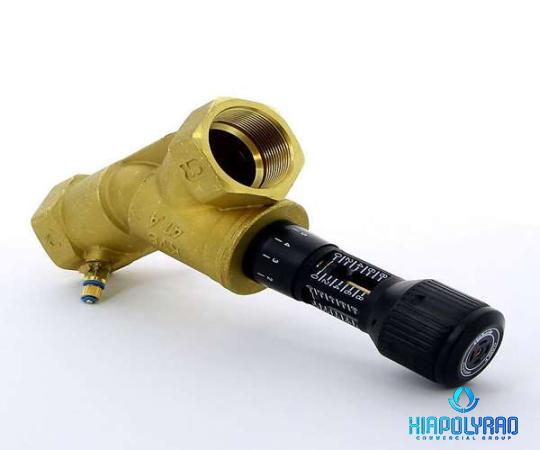 3. Versatility in Design and Functionality: Rain pipe connectors come in various shapes and sizes, making them suitable for diverse applications. From residential properties and commercial buildings to agricultural farms and industrial complexes, rain pipe connectors can be tailored to match specific requirements. Whether it’s diverting rainwater for irrigation purposes or storing it for non-potable use, these connectors offer versatility in design and functionality. 4. Mitigating Flooding and Erosion Risks: Improper water drainage can lead to flooding and erosion, causing significant damage to infrastructure and the environment. Rain pipe connectors play a vital role in mitigating these risks by ensuring seamless water flow through a well-connected pipe system. By efficiently channeling rainwater to designated storage areas or drainage systems, they prevent overflow and minimize the chances of erosion or waterlogging.
3. Versatility in Design and Functionality: Rain pipe connectors come in various shapes and sizes, making them suitable for diverse applications. From residential properties and commercial buildings to agricultural farms and industrial complexes, rain pipe connectors can be tailored to match specific requirements. Whether it’s diverting rainwater for irrigation purposes or storing it for non-potable use, these connectors offer versatility in design and functionality. 4. Mitigating Flooding and Erosion Risks: Improper water drainage can lead to flooding and erosion, causing significant damage to infrastructure and the environment. Rain pipe connectors play a vital role in mitigating these risks by ensuring seamless water flow through a well-connected pipe system. By efficiently channeling rainwater to designated storage areas or drainage systems, they prevent overflow and minimize the chances of erosion or waterlogging.
…
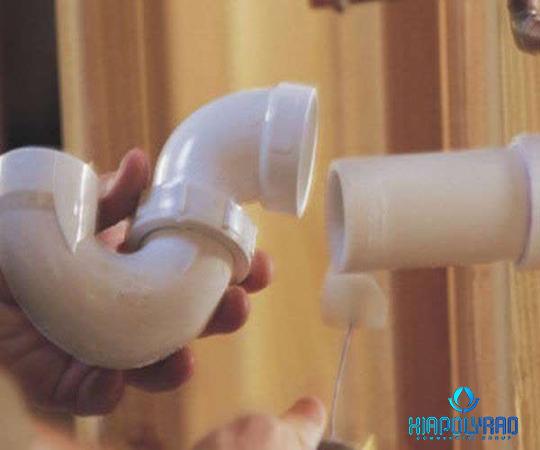 5. Promoting Environmental Sustainability: Rain pipe connectors contribute significantly to a sustainable future by promoting eco-friendly water management practices. With the ability to capture and utilize rainwater efficiently, these connectors reduce the reliance on traditional water sources, such as groundwater or municipal supply. This reduction in water consumption not only helps conserve resources but also reduces the strain on existing water infrastructure, benefiting both the environment and communities. Conclusion: Rain pipe connectors have emerged as vital tools in promoting sustainable water management. By optimizing rainwater collection, mitigating flooding risks, and facilitating ease of installation, these connectors play a pivotal role in conserving water resources. As the need for water sustainability becomes increasingly urgent, rain pipe connectors offer an effective solution to optimize rainwater usage and minimize water wastage. Embracing this innovative technology can contribute to a greener and more sustainable future for all.
5. Promoting Environmental Sustainability: Rain pipe connectors contribute significantly to a sustainable future by promoting eco-friendly water management practices. With the ability to capture and utilize rainwater efficiently, these connectors reduce the reliance on traditional water sources, such as groundwater or municipal supply. This reduction in water consumption not only helps conserve resources but also reduces the strain on existing water infrastructure, benefiting both the environment and communities. Conclusion: Rain pipe connectors have emerged as vital tools in promoting sustainable water management. By optimizing rainwater collection, mitigating flooding risks, and facilitating ease of installation, these connectors play a pivotal role in conserving water resources. As the need for water sustainability becomes increasingly urgent, rain pipe connectors offer an effective solution to optimize rainwater usage and minimize water wastage. Embracing this innovative technology can contribute to a greener and more sustainable future for all.

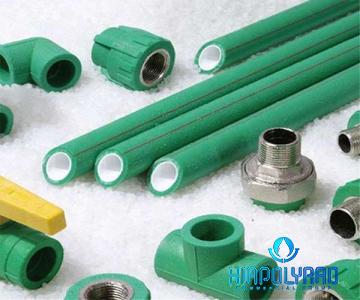
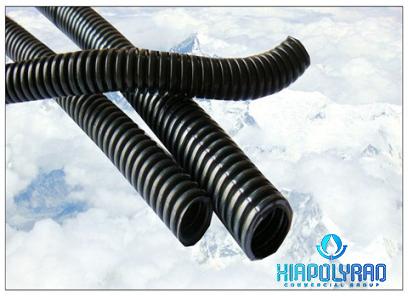
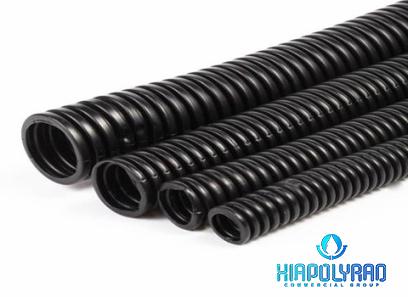

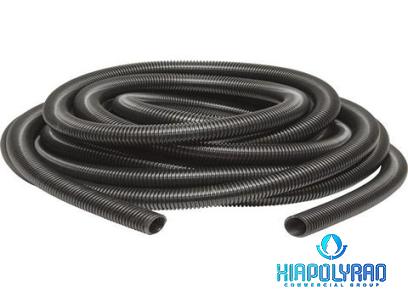
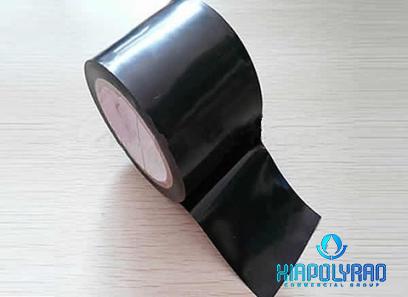
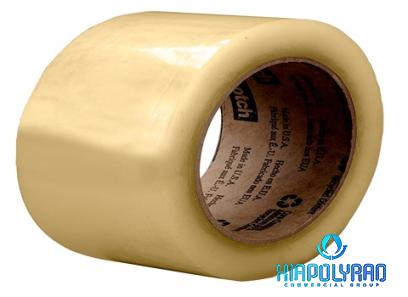
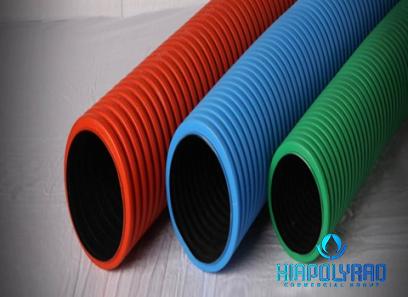
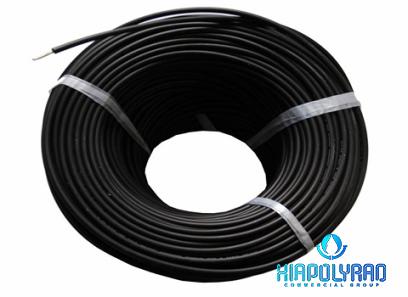
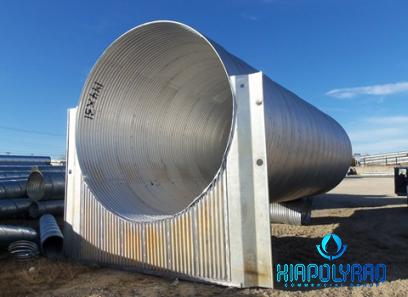
Your comment submitted.